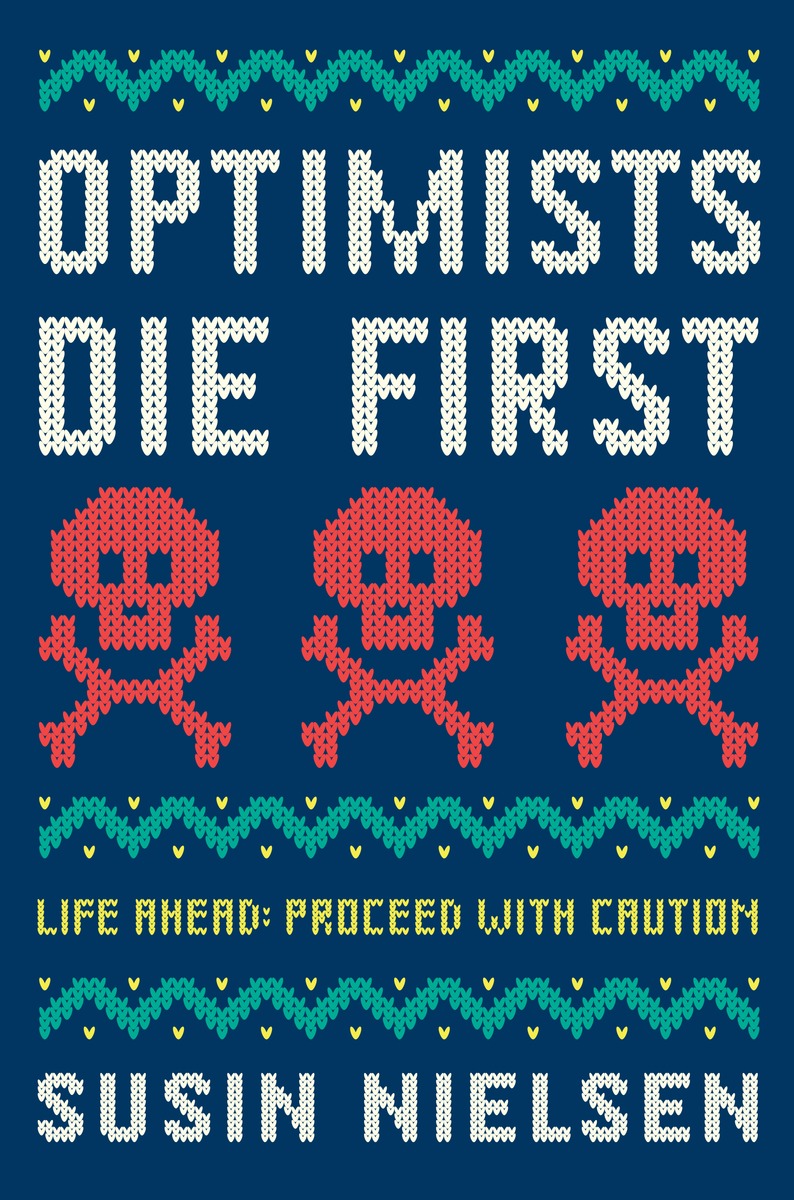| ________________
CM . . .
. Volume XXIII Number 23. . . February 24, 2017
excerpt:
Petula, 16, is living with the overwhelming guilt of her three-year-old sister’s death. If only she hadn’t sewed buttons on the costume she knitted for Maxine. Then, no doubt, Maxine wouldn’t have choked to death. As her loving parents’ marriage disintegrates in front of her eyes, Petula hangs on by her fingernails, her life revolving around pessimistic thoughts and OCD responses to daily living. She even strikes out against her best friend Rachel because Rachel’s little brother, the same age as Maxine, is still alive. Petula desperately wants to re-unite with Rachel, longing for their easy-going friendship and their love of crafts, but she just can’t do it. When amputee Jacob with his robotic arm and hand joins her school support group, Petula finds herself slowly but surely falling in love with him as he draws her into a more courageous outlook and provides a calm, strong presence for the other Youth Art Therapy members. But Jacob and his family are hiding a big secret about the accident that destroyed Jacob’s arm: it was Jacob’s drunk driving that caused his disability, left one friend a paraplegic and killed another friend, back in Toronto. As a stunned Petula finds out Jacob’s true story, her parents decide to separate, and her life once again looks completely untenable. But then Rachel drags her back to school where the YART members insist on forgiving Jacob, and the school principal has Petula deliver Jacob’s homework. Petula and Jacob reconcile, and, with Jacob’s help, Petula is able to get on the airplane to visit his grandparents in Toronto so Jacob can meet with the boys and the families whose lives he has so damaged. Petula is a compelling character whose grief, fears and panic attacks are a heavy load to shoulder. However, her self-deprecating wit is laugh-out-loud funny and her devious manipulation of the school principal admirable, while his fortitude and persistence to keep Petula well remind the reader of the strength of the school system’s resources. Jacob is the steady, older teen whose clever, compassionate ideas are the catalyst to change. His bouts of depression remind readers that tragedies take time to process. Even the YART leader Betty, reviled at first because she treats the members like younger children, changes her behaviour and encourages the group towards more adult activities that are so much fun that the group grows exponentially. YART members Alonzo, Koula and Ivan move from being mired in grief, unable to move forward, to naming and honouring their troubles (rejection by parents when you come out, addiction, death of a mother). Gradually, they come together to be friends and supporters of each other. Petula’s haggard parents sadly cannot lean on each other over the death of their daughter and decide that they will survive better if they live apart. But their love of Petula is unconditional. The unashamedly Canadian Vancouver setting enriches the story, but high school students all over North America will sigh with recognition as they immerse themselves in this present day high school setting with up-to-date technology. Dialogue is typical of the age group, smart, witty and amusing. Nielsen really captures the tone of this age group. Conversations show character development and advance the plot, with no telling, which creates a good pace and draws the reader quickly through the book. Themes of grief, friendship, mental illness, first love and tender first sex, taking action to express grief and move forward in life, all shine forth in Optimists Die First and will leave the intended reader very satisfied. Highly Recommended. Joan Marshall is a Winnipeg, MB, bookseller.
To comment
on this title or this review, send mail to cm@umanitoba.ca.
Copyright © the Manitoba Library Association. Reproduction for personal
use is permitted only if this copyright notice is maintained. Any
other reproduction is prohibited without permission.
Next Review | Table of Contents For This Issue -February 24, 2017 |
